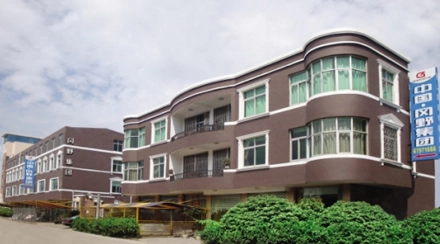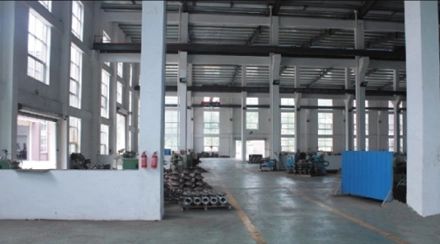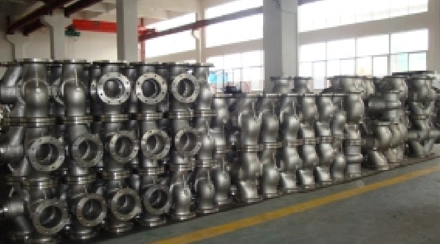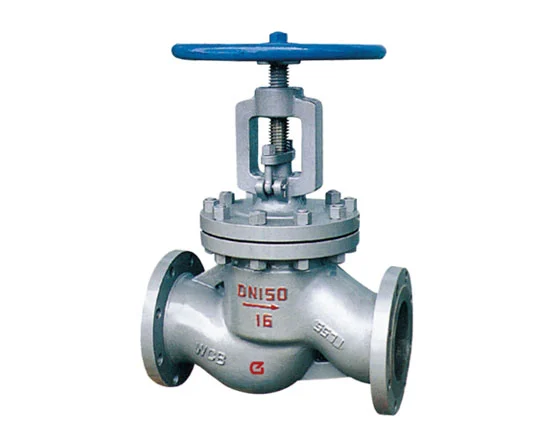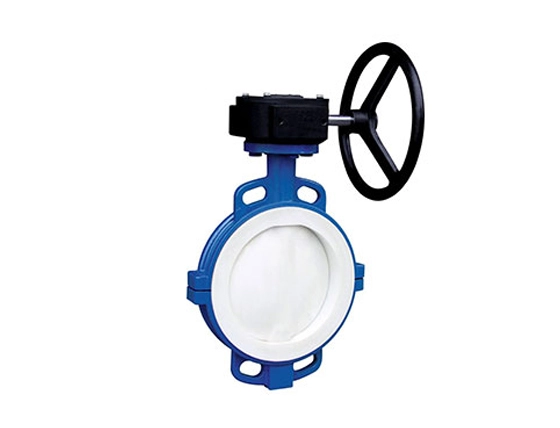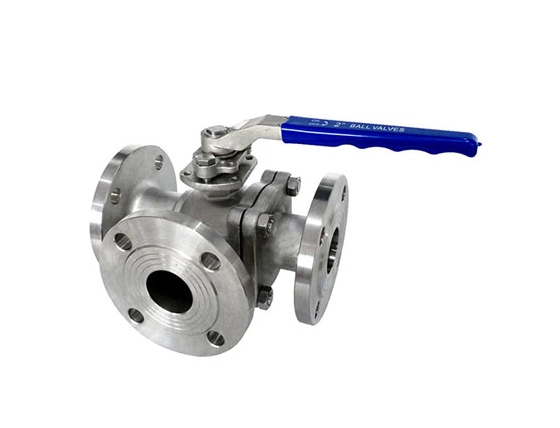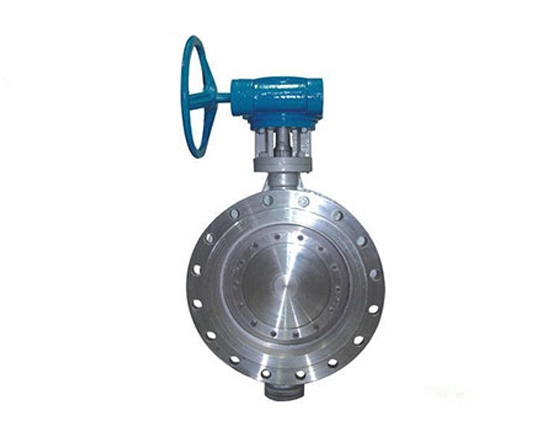en
In the world of industrial valves, the term "WCB" often pops up, leaving many scratching their heads. What exactly are WCB valves, and why are they significant? In industrial settings, WCB refers to "Welding Cast Steel B," a material known for its exceptional strength, durability, and resistance to corrosion. WCB valves are constructed from this robust material, making them ideal for demanding applications where reliability and longevity are paramount. In this article, we'll unravel the mysteries surrounding WCB valves, covering everything from their meaning, and construction to specifications and advantages.
WCB material originates from cast steel, with carbon providing the primary alloying element. The meaning of WCB in valve applications is “Welding Cast B-grade Steel.” Cast steel is a broader term for casting alloys that are iron-based. The produced castings do not undergo eutectic transformation during solidification.
Cast steel has high plasticity, strength, and toughness, as well as low cost, making it an ideal material for heavy machinery. Increased carbon content in cast steel increases its strength and hardness. This is significant in industrial applications to reduce wear and tear while increasing lifetime. Cast steel forms through the melting of metals, pouring the liquid into a mold and letting it cool and harden. Casting for valves generally provides a better solution to valve manufacturing than other methods, such as forging. This is due to casting being able to handle complex shapes easier. WCB valves, being crafted from this robust cast steel, exhibit exceptional weldability, durability, and resistance to corrosion, making them indispensable components in various industries where reliability and performance are paramount.
WCB valves, including gate valves, globe valves, and check valves, are typically manufactured in accordance with stringent standards such as ASTM A216 and ASME B16.34. These standards ensure that the valves meet specific criteria regarding materials, dimensions, testing, and performance. Adhering to these standards is crucial for ensuring the quality and reliability of WCB valves in various applications. The ASME B16.34 specification covers pressure and temperature ratings for forgings, castings, plate, bar, and tubular products, providing comprehensive guidelines for valve construction and performance parameters. Meanwhile, ASTM A216 steels, known for their suitability in high-temperature services, possess a high weldability rating, indicating that they offer exceptional performance while being easy to weld. By meeting the requirements outlined in ASTM A216 and ASME B16.34, WCB valves guarantee optimal functionality, durability, and safety across diverse industrial environments, reinforcing their reputation as indispensable components in fluid control systems.
WCB valves are constructed from wrought carbon steel, which is predominantly composed of iron and carbon. Carbon content in WCB normally ranges between 0.25% and 0.30%. WCB may also contain trace amounts of other elements such as manganese, silicon, sulfur, and phosphorus.
Strength and Durability: WCB carbon steel has high strength and durability, making it appropriate for a wide range of valve applications. It has exceptional hardness and can tolerate high pressure and temperature conditions.
Weldability: The weldability of WCB steel facilitates ease of fabrication and installation, allowing for seamless integration into existing systems. This feature also enables customization according to specific project requirements, making WCB valves versatile and adaptable to various operational needs.
Precise Control: WCB valves offer precise control over fluid flow, pressure, and direction, allowing operators to fine-tune processes according to desired parameters. This precision enhances operational efficiency and productivity while minimizing waste and energy consumption.
Versatility: WCB valves come in various types, including the gate valve, the globe valve, and the check valve, making them suitable for a wide range of industrial applications across different sectors such as oil and gas, chemical processing, water treatment, and power generation.
By understanding the information on WCB valves above, gangye, a manufacturer specializing in providing industrial valve solutions, hopes you can make informed decisions when selecting valves for specific industrial processes.
